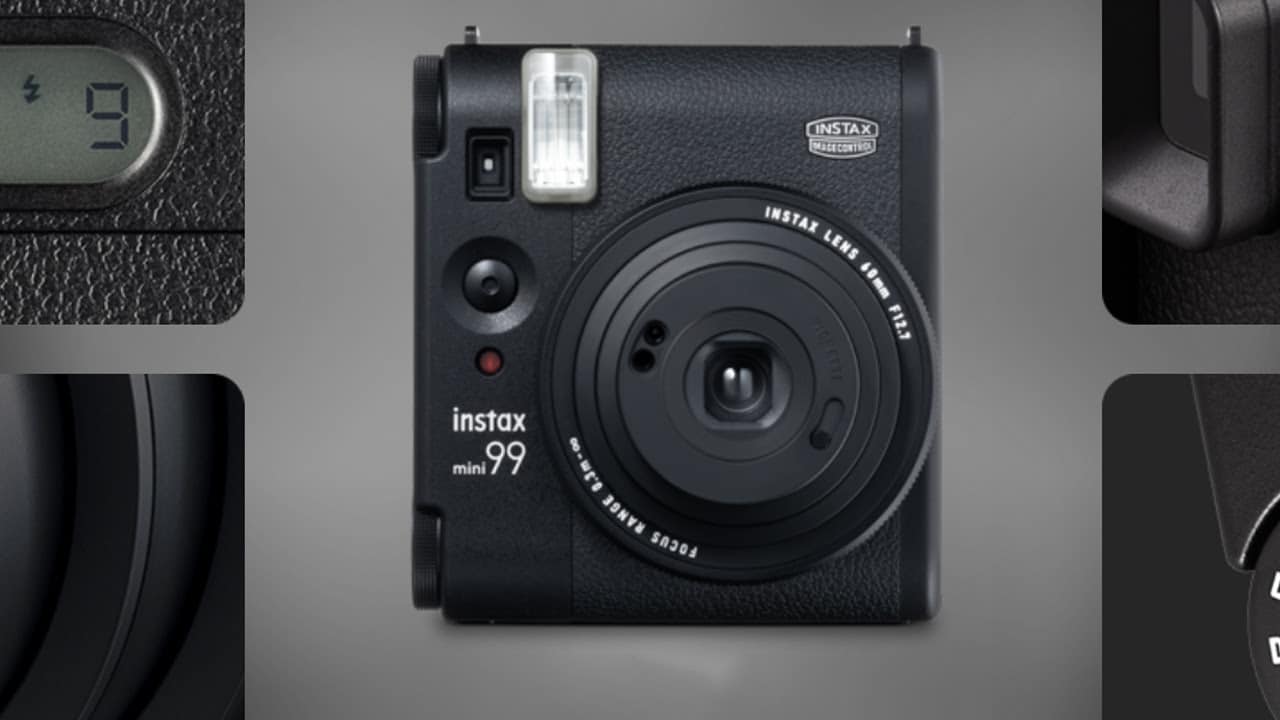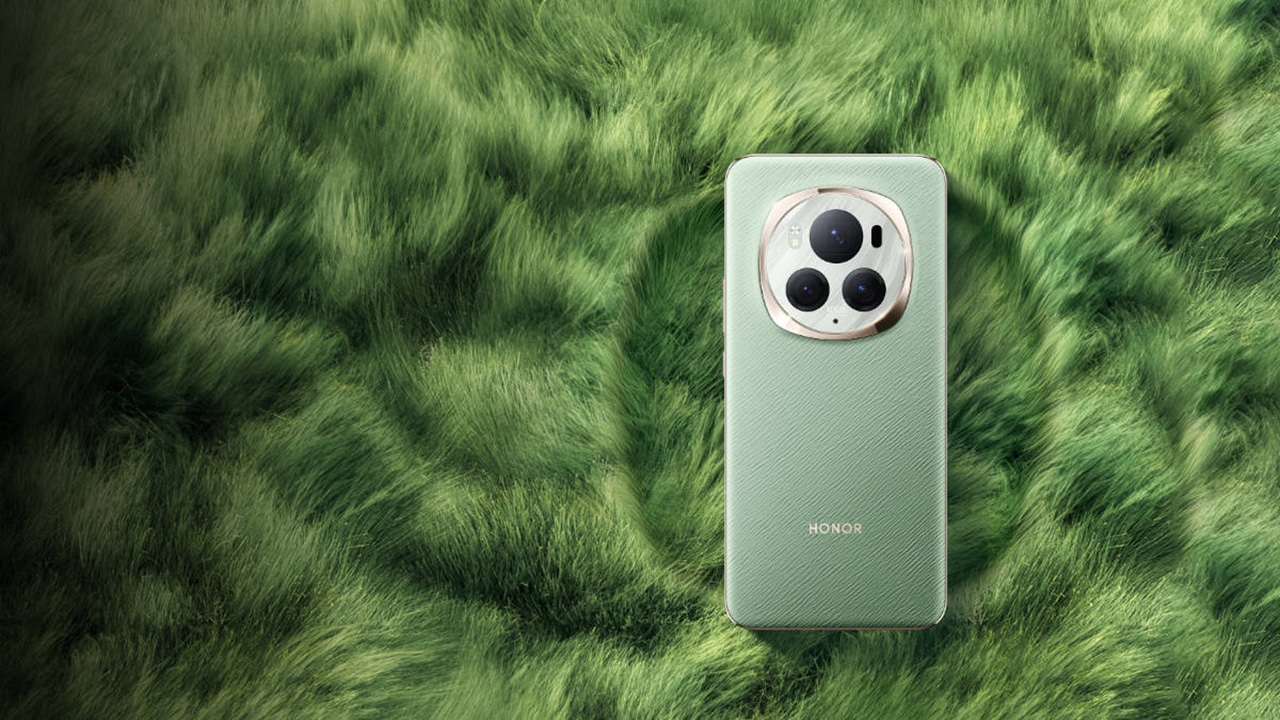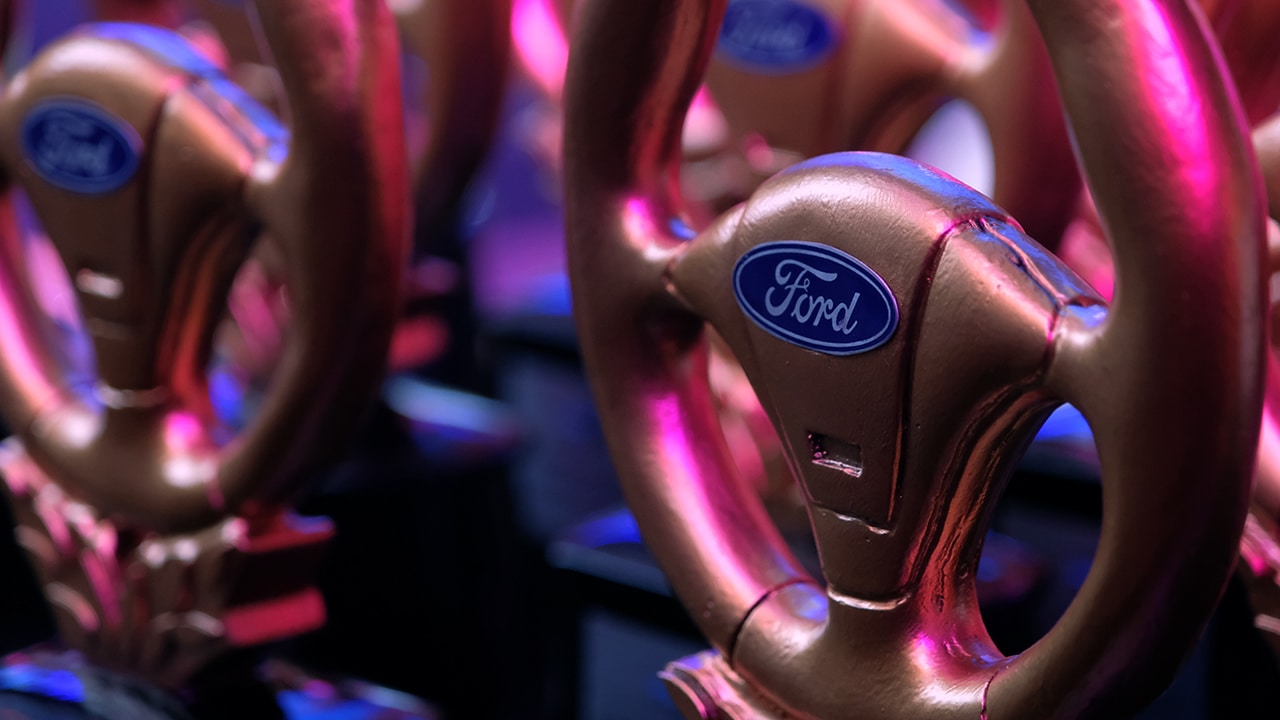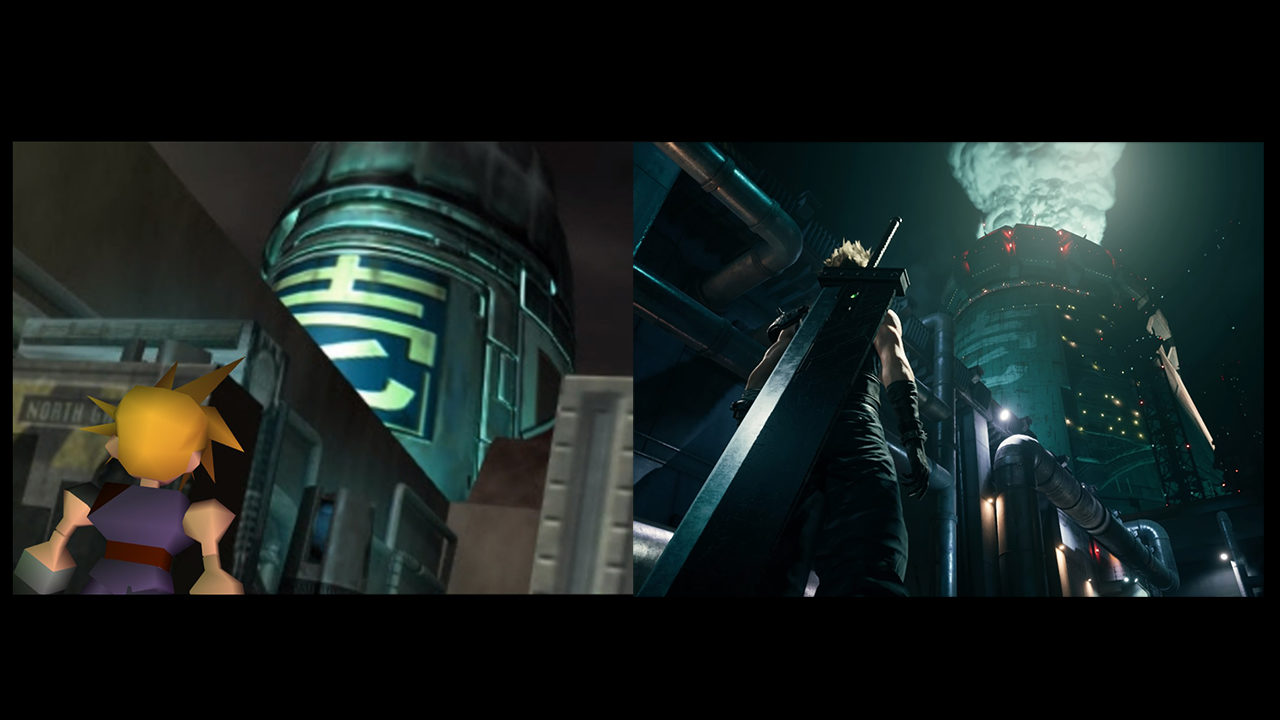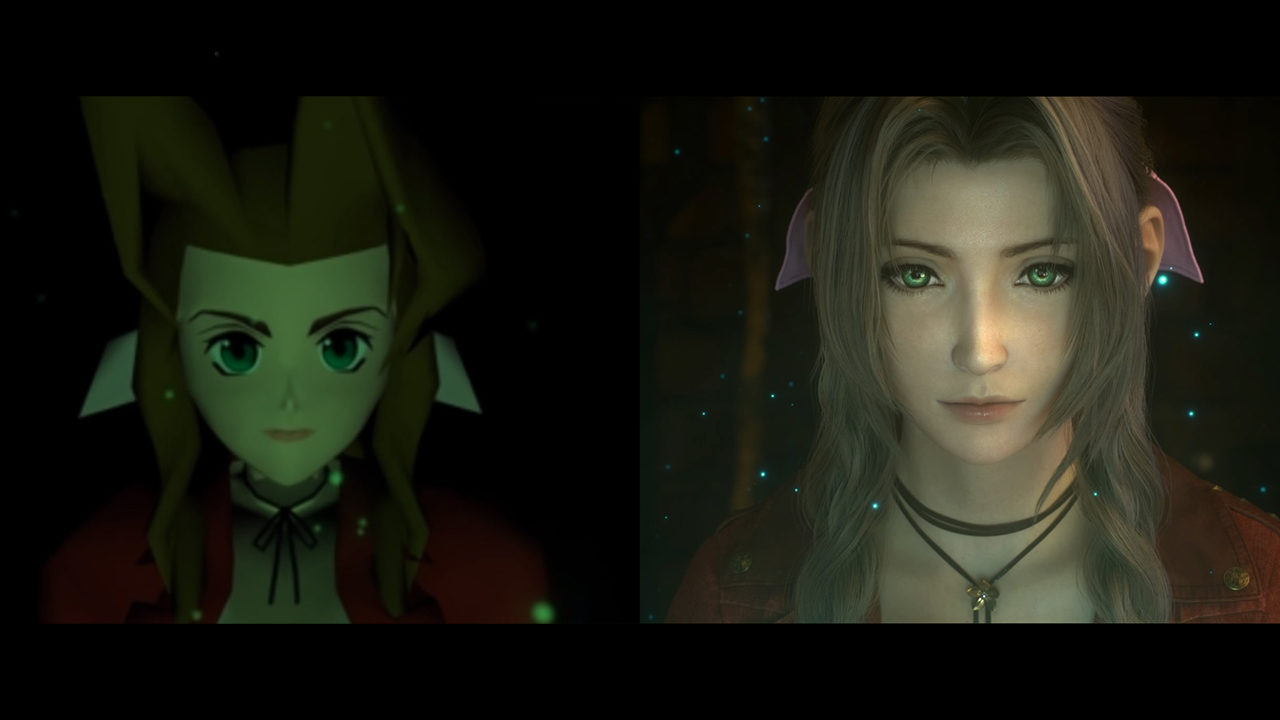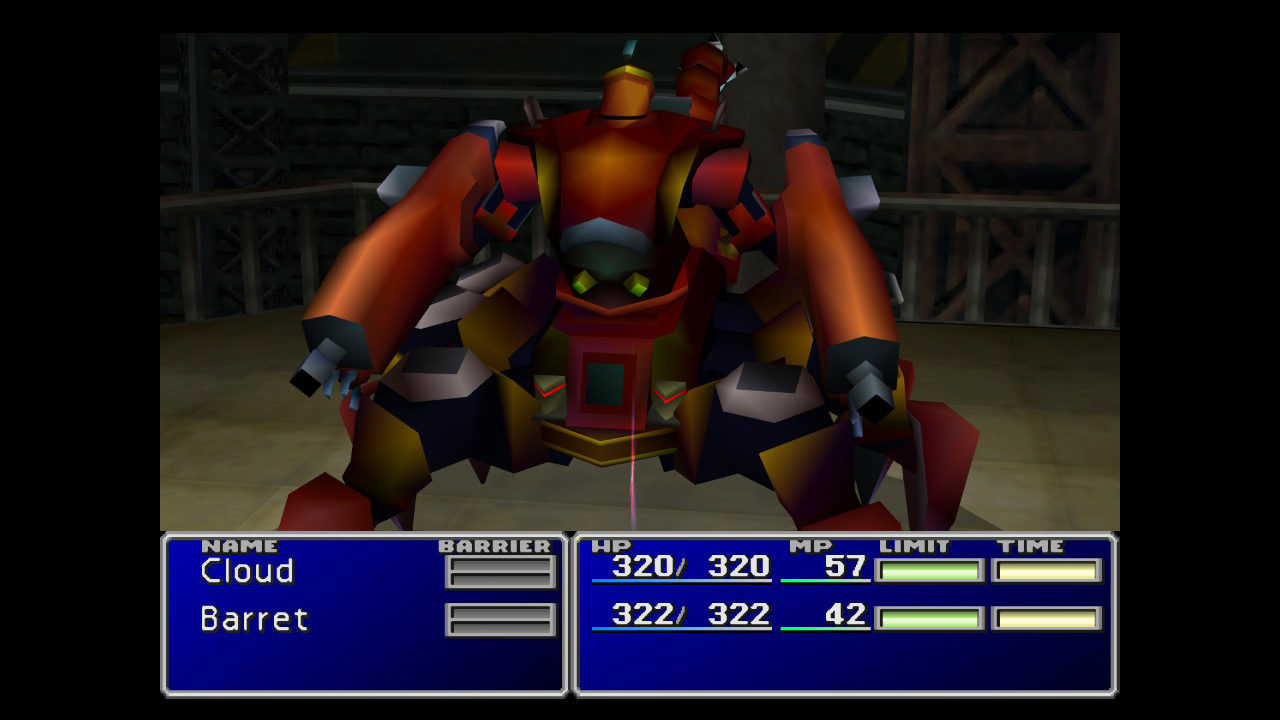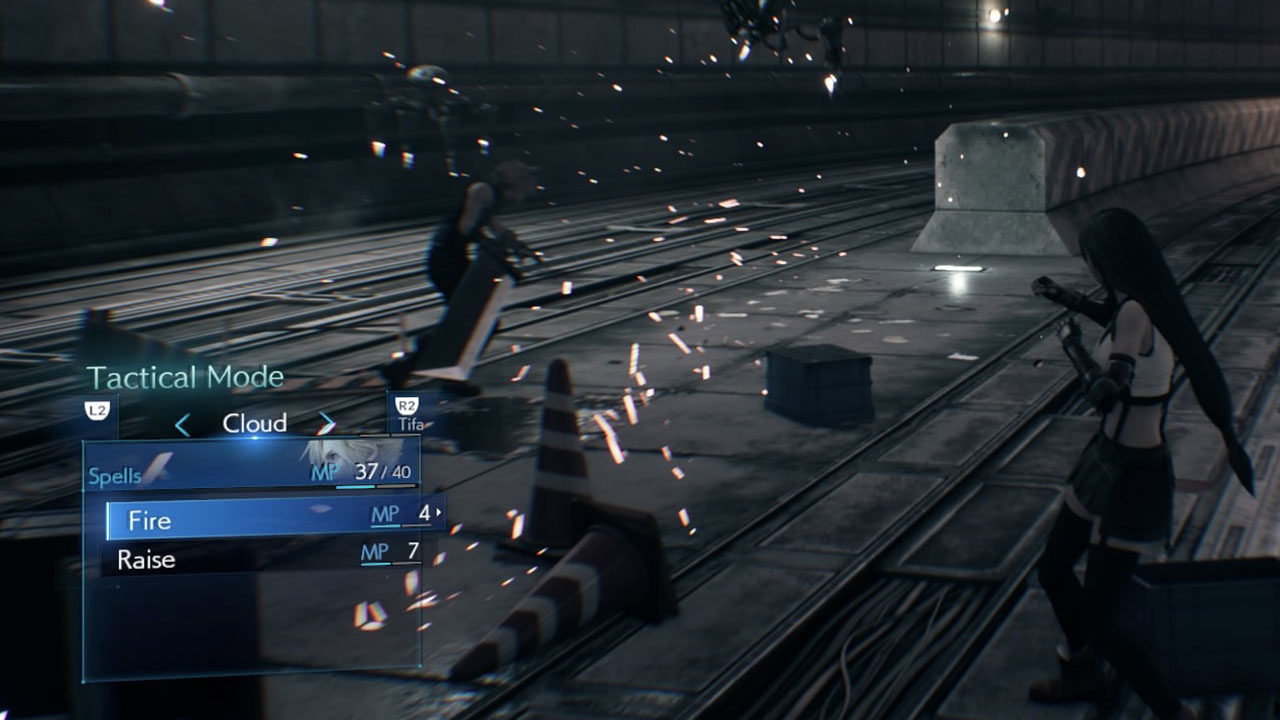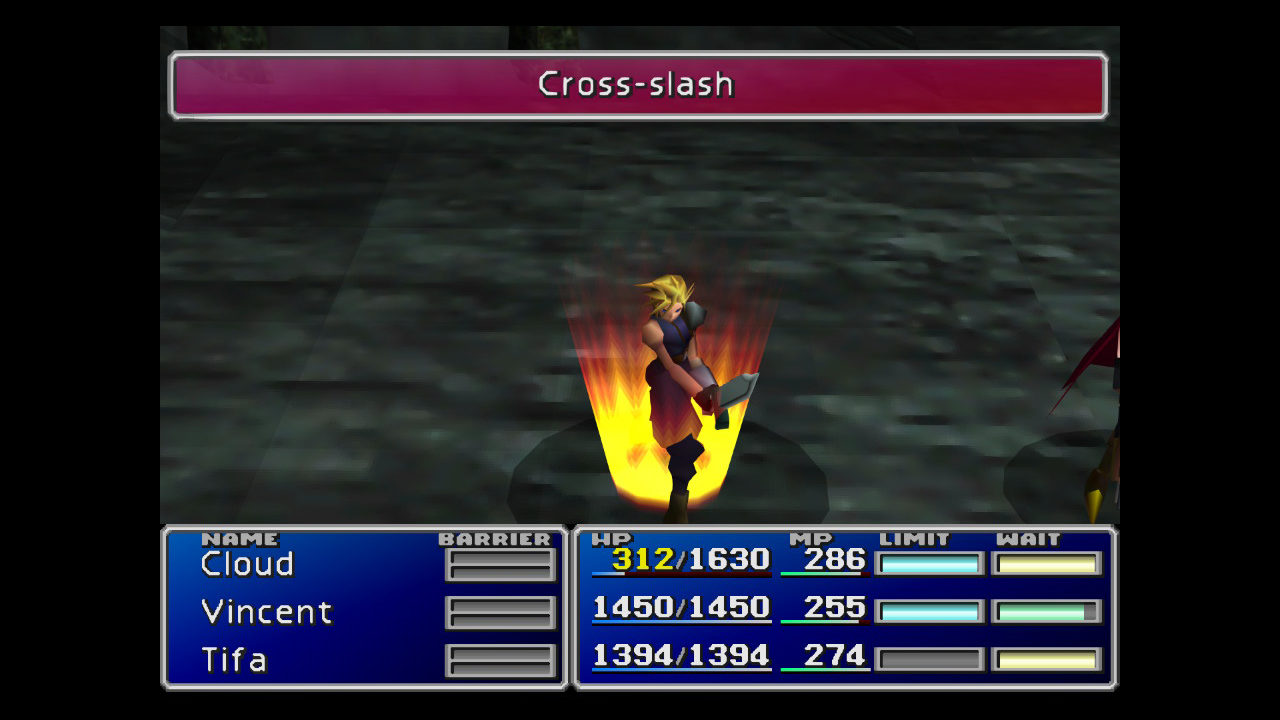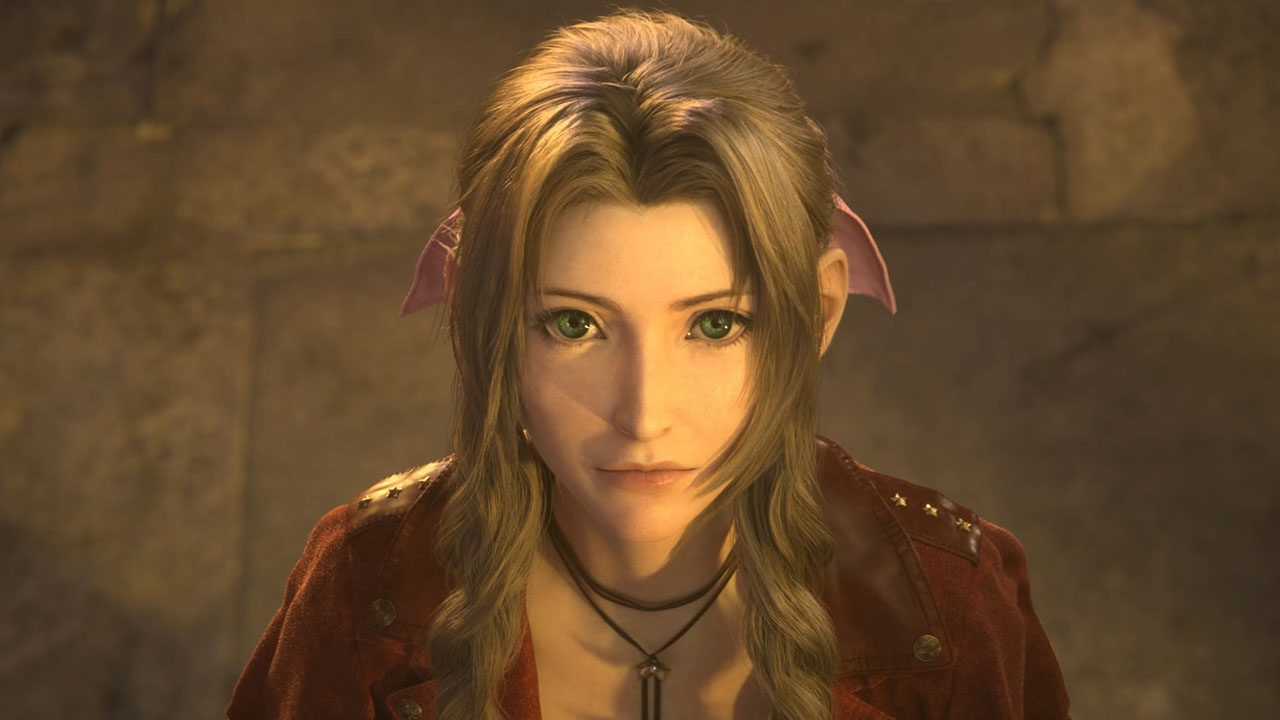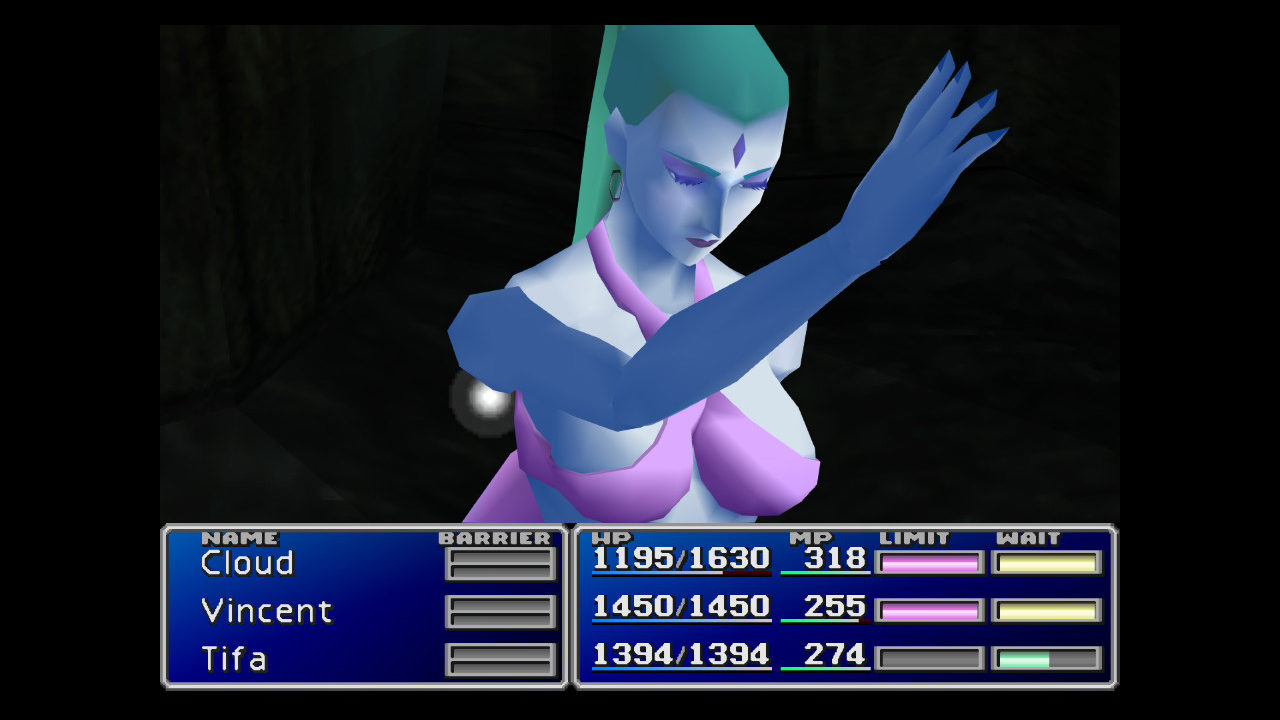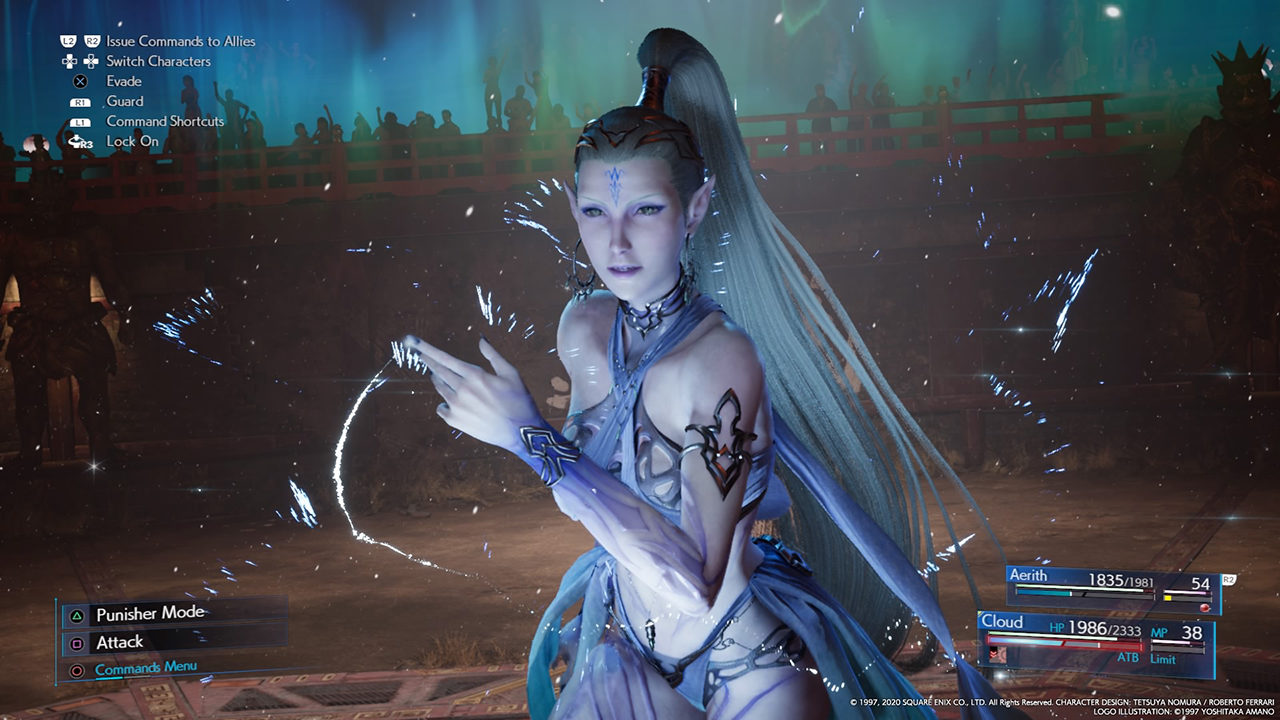Lexus has developed their first battery electric vehicle, the RZ 450e, to not only provide zero-emission driving, but also to enhance the driving experience with new technologies.
The car has undergone extensive track testing and refinement in Japan to ensure high-quality handling and responsiveness. The RZ is built on a new electric vehicle platform and features e-Axles, DIRECT4 all-wheel electronic drive torque control, and a powerful lithium-ion battery unit.
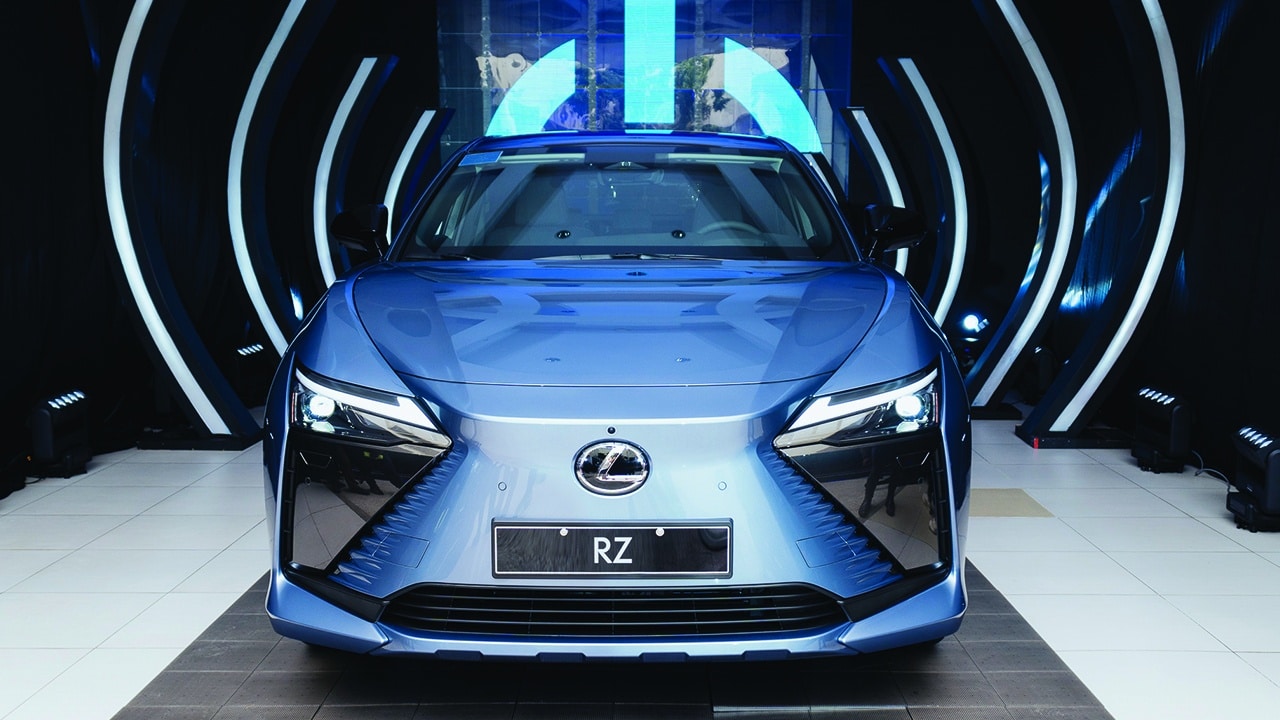
The design of the exterior and interior expresses Lexus Omotenashi hospitality and Takumi craftsmanship. The RZ will help Lexus in its progress towards carbon neutrality and a sustainable mobility society.
The Lexus RZ 450e retails at PhP 4,828,000 with only one variant at introduction.
Sleek design and thoughtful construction
The Lexus RZ 450e is a battery electric vehicle (BEV) that has been designed with a seamless and emotional design inspired by the experience of driving a BEV.
The car’s styling is an evolution of Lexus’s “Next Chapter” design, and it has a lower center of gravity and a lower nose profile thanks to the dedicated BEV platform and electric powertrain.

The RZ measures 4,805 mm long, with a 2,850 mm wheelbase and short overhangs, and has a drag coefficient of 0.28 Cd. The car’s aerodynamic measures include a fully covered underfloor, a rear spoiler design, and shutters on the small front grille aperture that close automatically when cooling airflow into the motor compartment isn’t required.
The RX 450e design emphasizes its wide stance, low center of gravity, and “torque-ful” look, and it has an elongated LED light bar across the width of the car that has become a hallmark feature of Lexus design.
To optimize the RZ 450e’s energy efficiency, aerodynamic features were carefully considered during design. The cabin shape was optimized for smooth airflow and passenger comfort, while the belt molding helps regulate airflow and maintain stability.

The rear spoiler was designed to improve handling and stability without adding drag, and the back door was shaped to adjust the angle of airflow from the roof and reduce drag.
The fully covered underfloor and front grille shutters also contribute to reducing drag, with the dimpled surface at the front maintaining stability at high speeds, and fins at the rear directing airflow rearwards from the wheels.
The RZ is available in various exterior finishes, including new Aether Metallic and Sonic Copper. It also features advanced paint technology that results in a deeper, more lustrous finish and stronger light and shade contrasts.
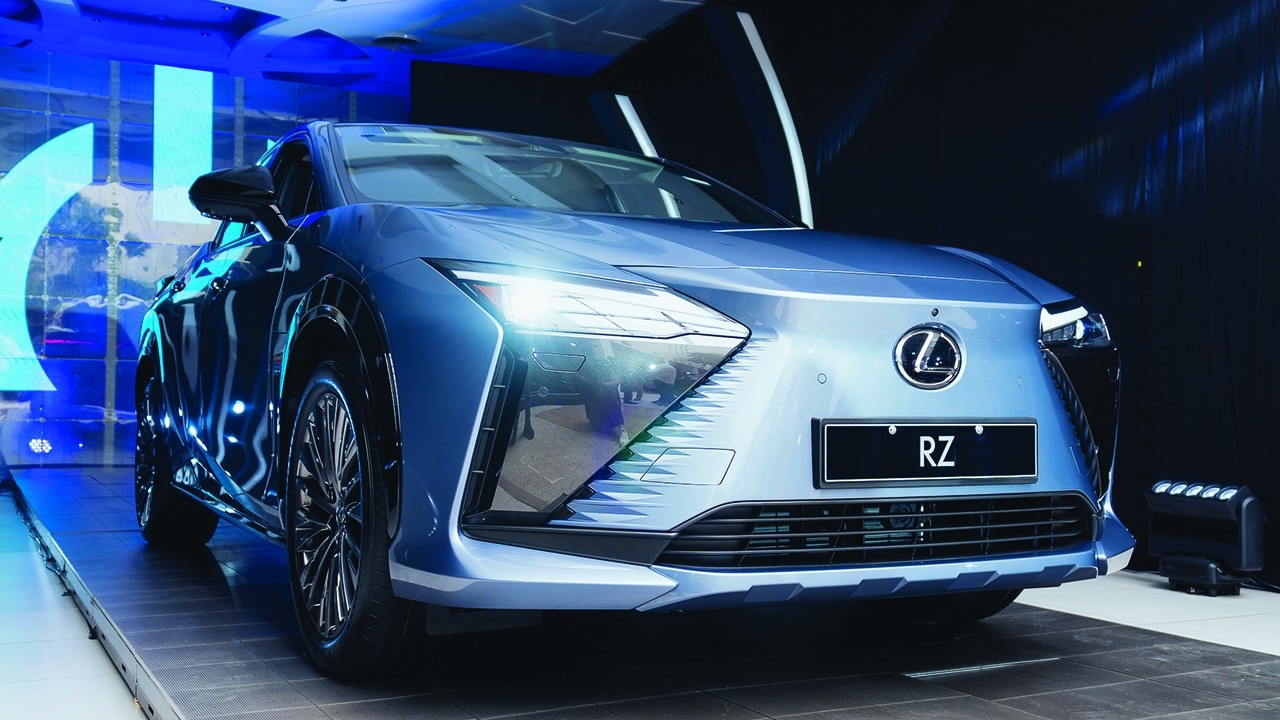
The RZ is also available in a bi-tone design with a contrasting black finish extending from the front of the car to the roof.
The development of the Lexus RZ focused on securing the Lexus Driving Signature and strengthening the car’s core characteristics of confidence, control, and comfort in all driving situations.BEV-specific qualities such as fast response and high precision were maximized by utilizing Lexus’s experience in electrified vehicle technologies. The result is a refined, linear, and reassuring responsiveness that defines the driving character of new Lexus vehicles, even for drivers not used to BEVs.
The car’s development was based on the performance concept of “The Natural” and paid special attention to driver sightline and feedback and precise vehicle posture control.
The body structure of the Lexus RZ 450e is built on a BEV-specific platform, using advanced techniques like laser peening, laser screw welding, and joint reinforcement to provide excellent body rigidity. Structural adhesive, laser screw welding, and short-pitch welding are used extensively to increase jointing area and gain higher rigidity.
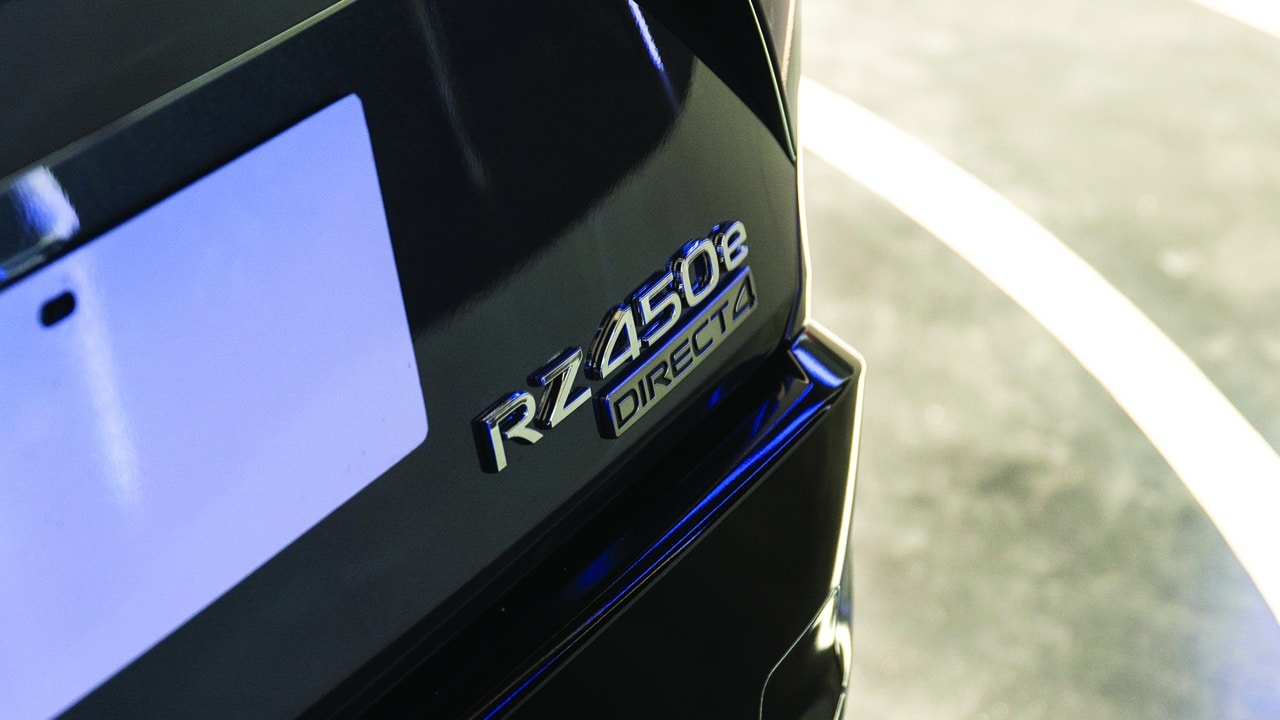
High-rigidity foam is used in each corner of the back door aperture to strengthen an area susceptible to deformation, and the rear of the car has a double-annular frame to help the car settle after cornering or changing lanes. The front has braces, thicker support pillars for the radiator, suspension tower braces, and front and rear performance dampers, which suppress lateral deformation and enhance rigidity.
The car’s rigid structure contributes to the control and confidence elements of the Lexus Driving Signature, providing straight-line stability and precise handling and steering response for the driver.
All quiet and powerful
The Lexus RZ 450e features a three-part strategy to reduce noise and vibration, including sealing gaps, adding vibration-damping sheets to the roof, and using acoustic glass in doors.
The vehicle has a new version of active sound control and an efficient and compact electric e-Axle that delivers 230 kW maximum output, contributing to the car’s excellent energy efficiency.

The RZ also has DIRECT4 all-wheel drive control, which constantly balances drive torque between front and rear axles and adjusts torque bias in milliseconds.
In addition to the measures mentioned to reduce noise and vibration, the Lexus RZ 450e also features an active sound control system that enhances the driving experience.
The system uses a microphone to detect engine and road noise, then creates an opposing sound wave that cancels out the unwanted noise, resulting in a quieter cabin. This technology is particularly useful in electric vehicles, where the lack of engine noise can make external sounds more noticeable.
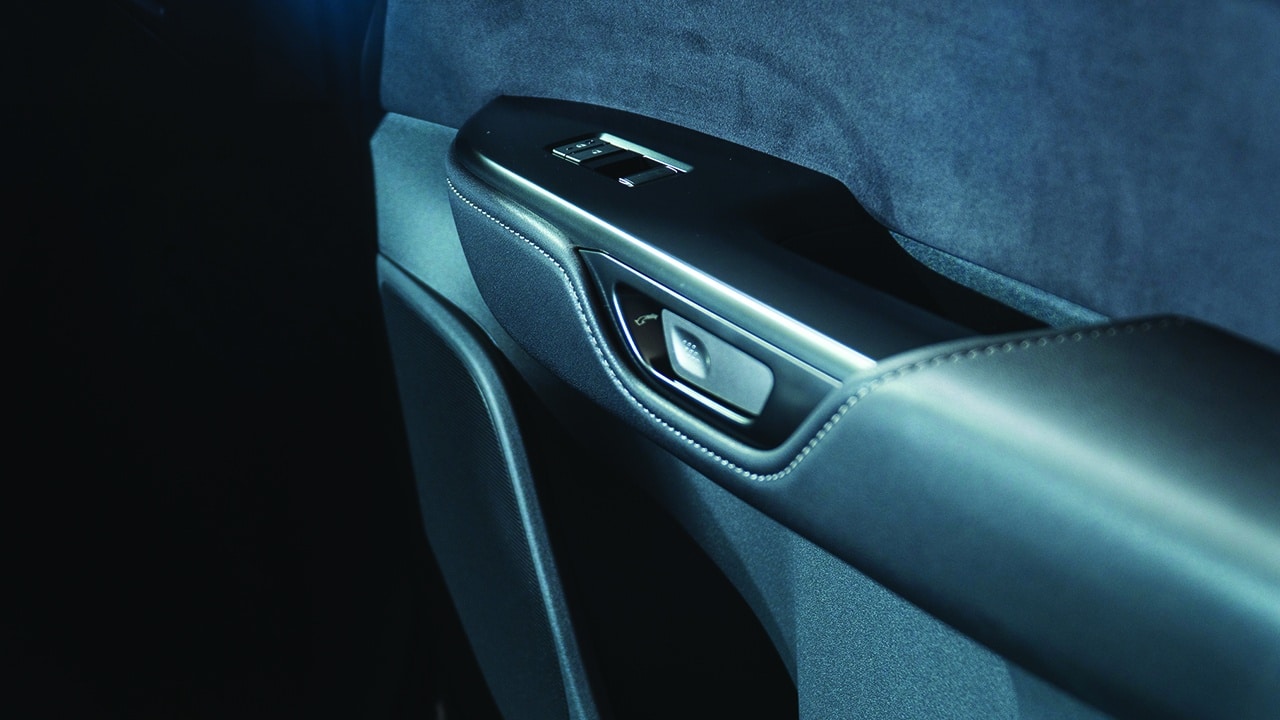
The system is adjustable, allowing drivers to choose between three levels of noise cancellation, or turn it off completely if they prefer to hear the natural sounds of the road.
Battery electric powertrain
Lexus has designed a compact, high-voltage system circuit in which a transaxle and inverter are contained within the e-Axle units.
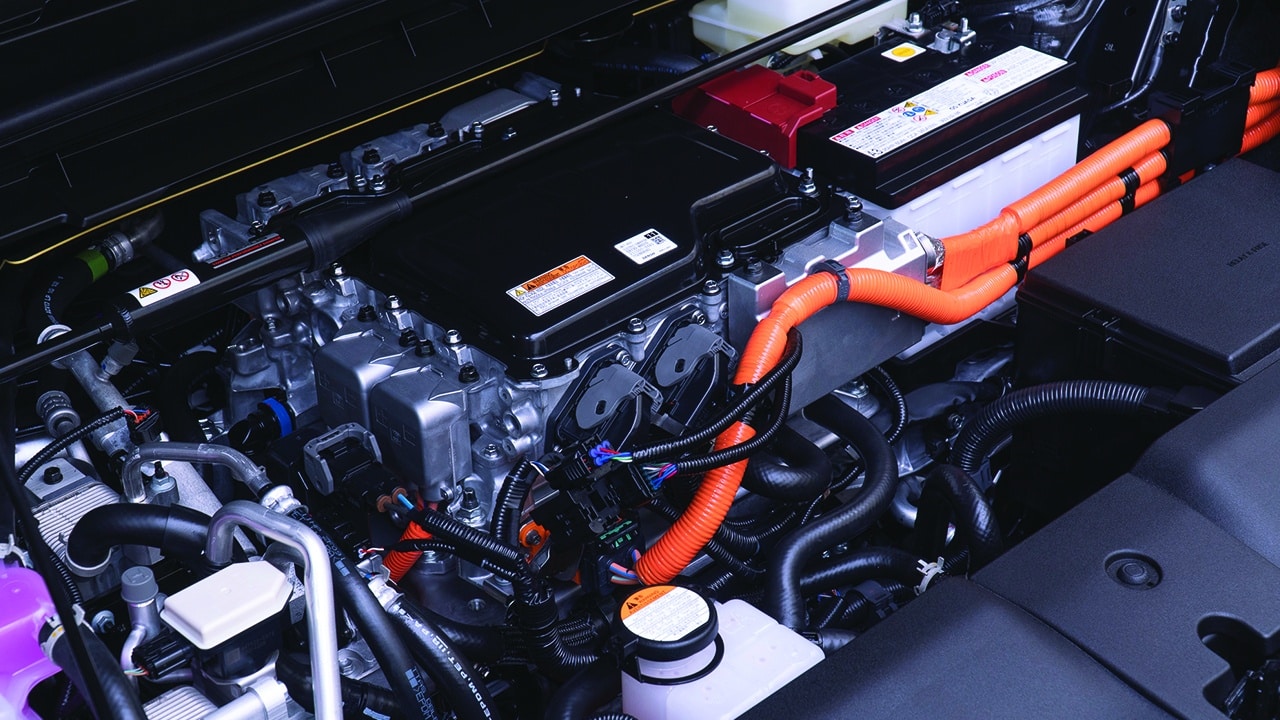
An Energy Storage Unit (ESU) integrates the charging, power supply, and power distribution functions. Permanent magnet motors have a high-power density and 17,000 rpm rotation speed. The inverter achieves high volumetric efficiency while allowing for high current output.
Its compact size allows it to be integrated into the transaxle. The motors are located on a symmetrical three-point aluminum mounting system that contributes to comfort, handling, stability, and quiet performance.
The RZ uses grille shutters in front of the radiator to reduce air resistance and increase cooling performance when needed.
The battery stack in the Lexus RZ is positioned beneath the cabin floor, forming part of the vehicle’s structure, contributing to its rigidity and low center of gravity.
The battery has a gross capacity of 71.4 kWh and comprises 96 cells, with Lexus guaranteeing that the battery will retain at least 70% of its capacity after 10 years.
The car’s range varies depending on the size of the wheels, with most variants achieving approximately 395 km on 20-inch wheels.

Efficient cooling is important for battery performance and durability, with the RZ using a long-life, high-resistance LLC coolant and a battery heater that can be activated when charging in colder temperatures.
The RZ has an 11 kW on-board charger, and DC fast charging can recharge 80% of the battery in about 30 minutes.
The Lexus RZ electric vehicle provides strong acceleration and speed controllability with a slip suppression function. It offers four-level deceleration, acceleration sound control, selectable drive modes, and a Range mode that maximizes driving range.
The vehicle also features an AHB-G braking system and Vehicle Braking Posture Control, as well as a suspension system designed to contribute towards the Lexus Driving Signature and provide a comfortable ride.
Inside the cabin
Lexus’ RZ model features a Tazuna driver’s cockpit, which is designed to allow the driver to control the vehicle with minimal hand and eye movements.
The cabin is bright and spacious, with an open feel, and features a 14-inch center multimedia display, meters, multi-information display, and head-up display. The controls and information sources are arranged for easy reach, operation, and reading, keeping the driver’s attention on the road ahead.
The interior has three color combinations and a slim center console with a storage box. The cabin atmosphere is enhanced by an ambient lighting system with a spectrum of 64 colors, and the seats are designed with comfortable support for long journeys.

The RZ also offers sustainable Ultrasuede upholstery made from bio- and recycled materials.
The Lexus RZ’s instrument display presents a personalized Omotenashi welcome to the driver, including customizable meters and a heads-up display.
The Tazuna cockpit concept ensures that important driving controls are easily accessible, while less important ones are accessed using the central touchscreen. The RZ also features a rotary shift selector and a heat-shielding, dimmable panoramic roof that reduces the need for air conditioning and saves weight, contributing to the car’s energy efficiency and driving range.
The RZ has a new air conditioning system that uses a heat pump to warm the cabin efficiently in cold weather and reduces the vehicle’s power consumption
It has a compact size, freeing up more legroom for the front seat passenger. The Lexus Climate Concierge coordinates the air conditioning, seat heaters, heated steering wheel, and radiant heaters to adjust the cabin temperature efficiently and quickly.
Nanoe X technology maintains cabin air quality by emitting microscopic water particles containing hydroxy radicals, which inhibit viruses, bacteria, pollen, and other allergens. The new radiant heaters are positioned at knee-level in front of the driver and front passenger and use infrared radiation to heat solid objects directly in front of them, using around 8% less energy.
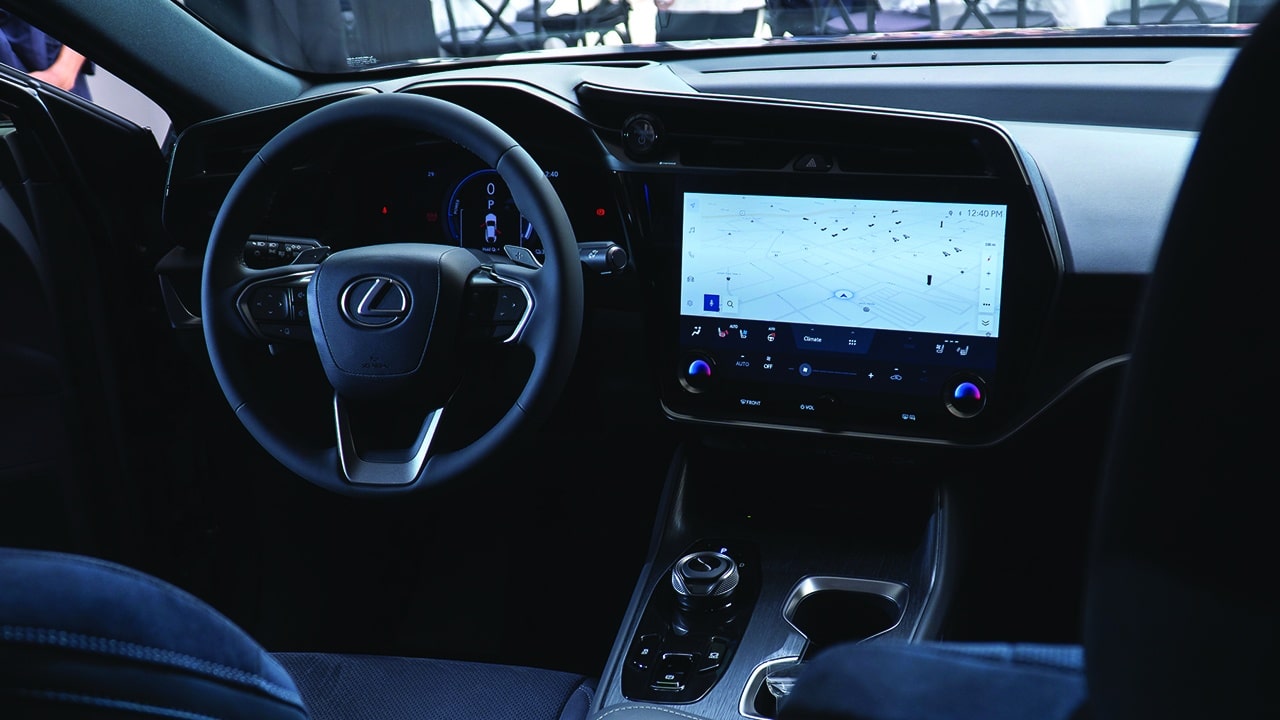
They operate silently and with no air draught and have an automatic safeguard that reduces the panel temperature to 43˚C if anyone comes into contact with them.The Lexus RZ features a new Pure Stage sound tuning technology developed by premium audio partner Mark Levinson.
The 10-speaker system provides high-quality sound reproduction with a Harman discrete amplifier capable of playing high-resolution sound sources. The speakers are optimally positioned around the cabin, including a 22.4 cm sub-woofer installed in the back door for heavy bass sound reproduction.
The standard audio package is a premium 10-speaker system, with a 20 cm sub-woofer housed in the back door.
Smart, connected, and safe
The RZ features the new Lexus Link multimedia platform, with cloud-based navigation that provides real-time traffic updates, an improved voice recognition function that can detect commands even with background noise, and a new “Hey Lexus” on-board assistant.
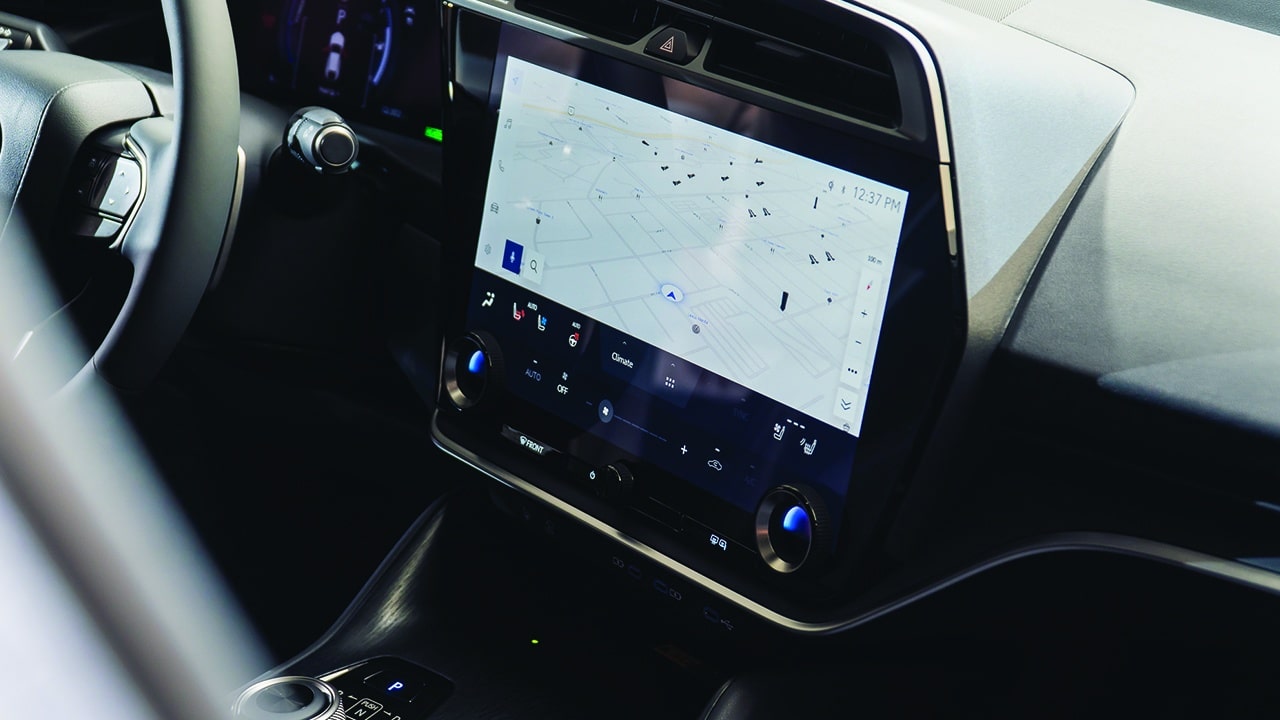
Smartphone integration is enabled via Apple CarPlay and Android Auto, and the system can be updated over the air using the vehicle’s DCM. The 14-inch touchscreen offers access to information, entertainment, navigation, air conditioning, and vehicle settings, with physical buttons for frequent functions.
The “Hey Lexus” assistant can be used for multimedia commands and to adjust some vehicle functions.
The Lexus RZ has three USB ports on the center console – one for multimedia connection and two for device charging. Additionally, two charging ports are available on the rear console, and the Luxury grade features an AC power outlet.

For safety, this BEV comes with the latest generation Lexus Safety System which includes advanced technologies to help detect hazards, provide driver warnings, and assist in steering, braking, and acceleration when required.
Lexus will also be providing over-the-air (OTA) updates to its system to keep it running smoothly.



